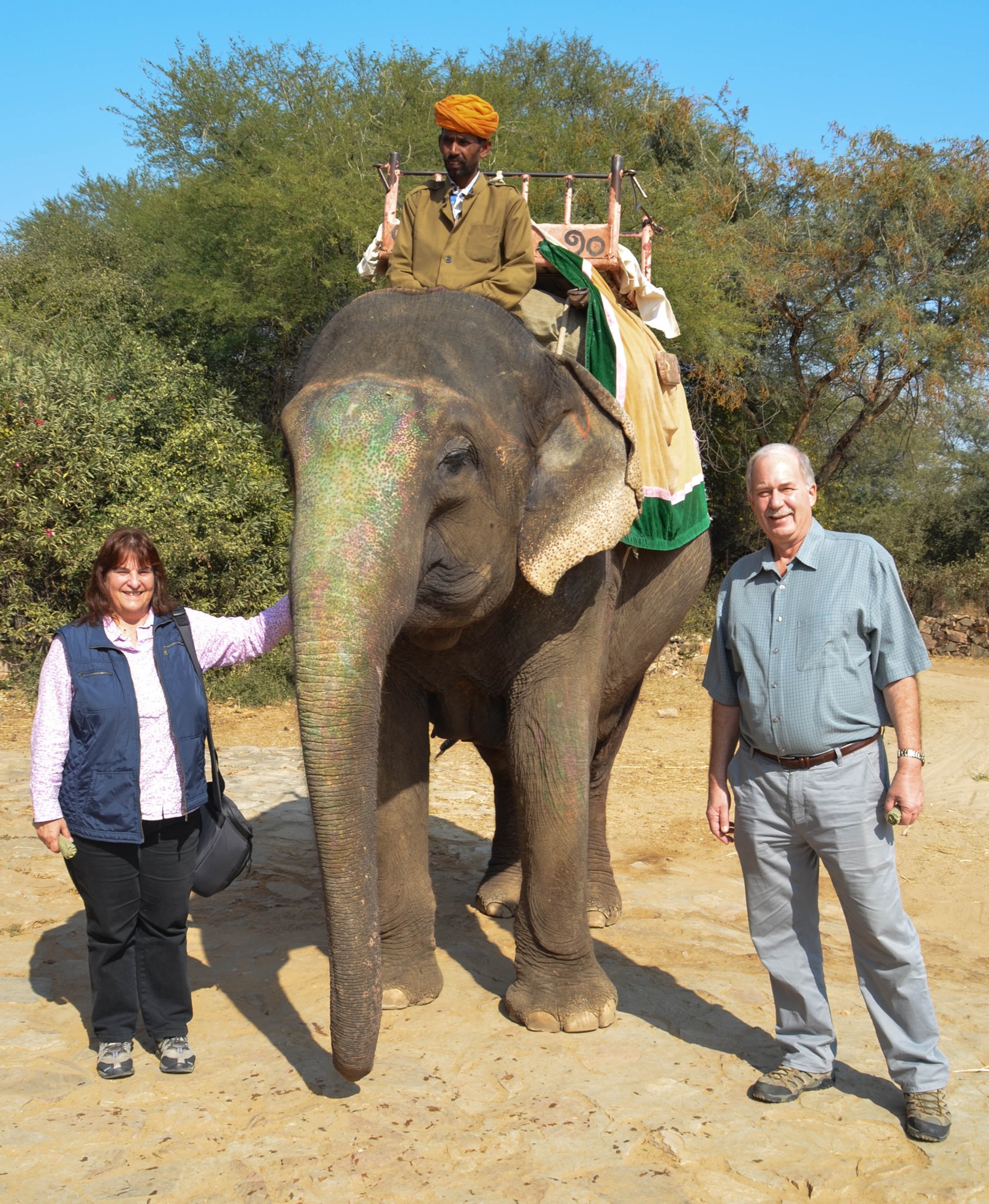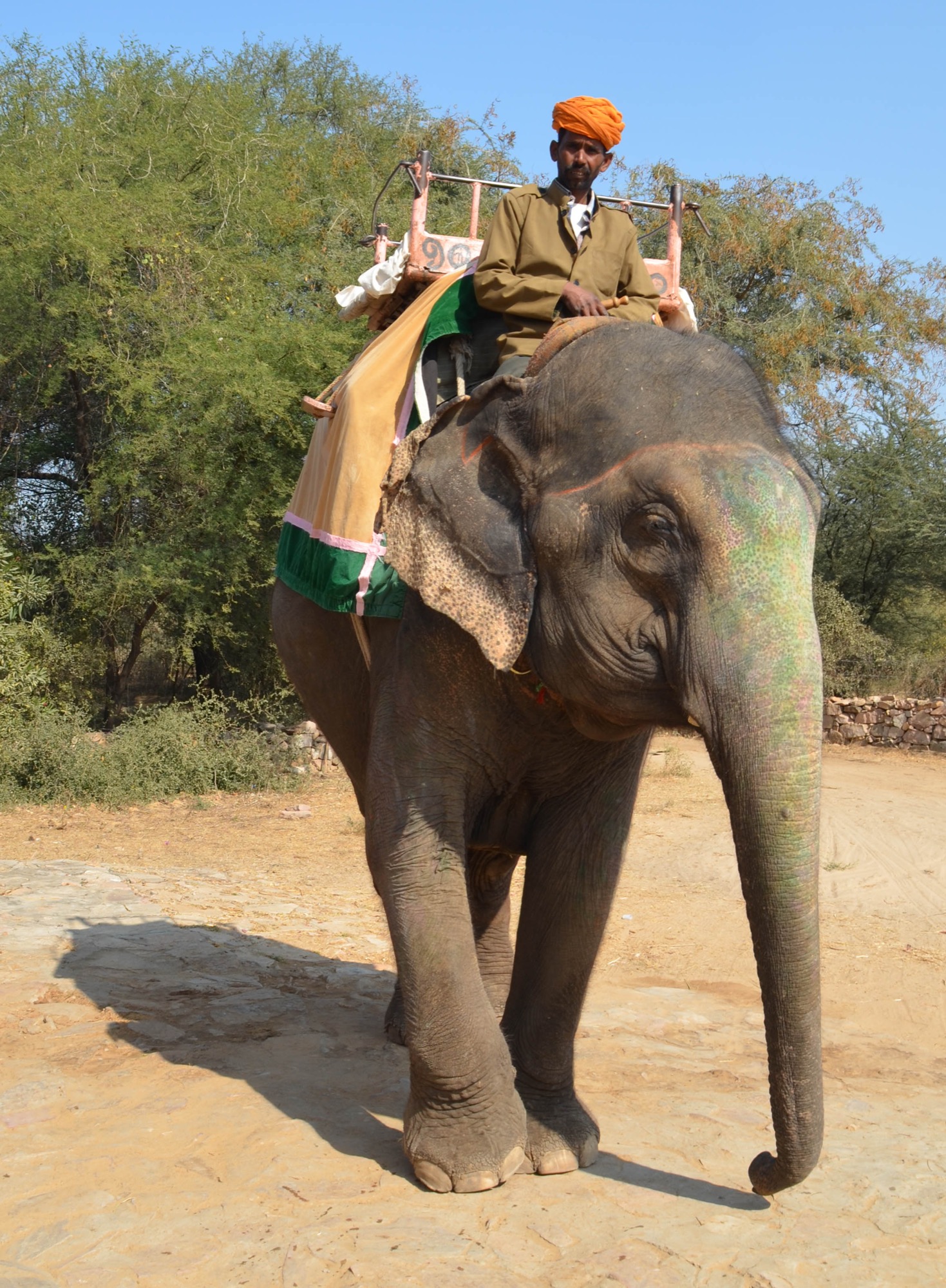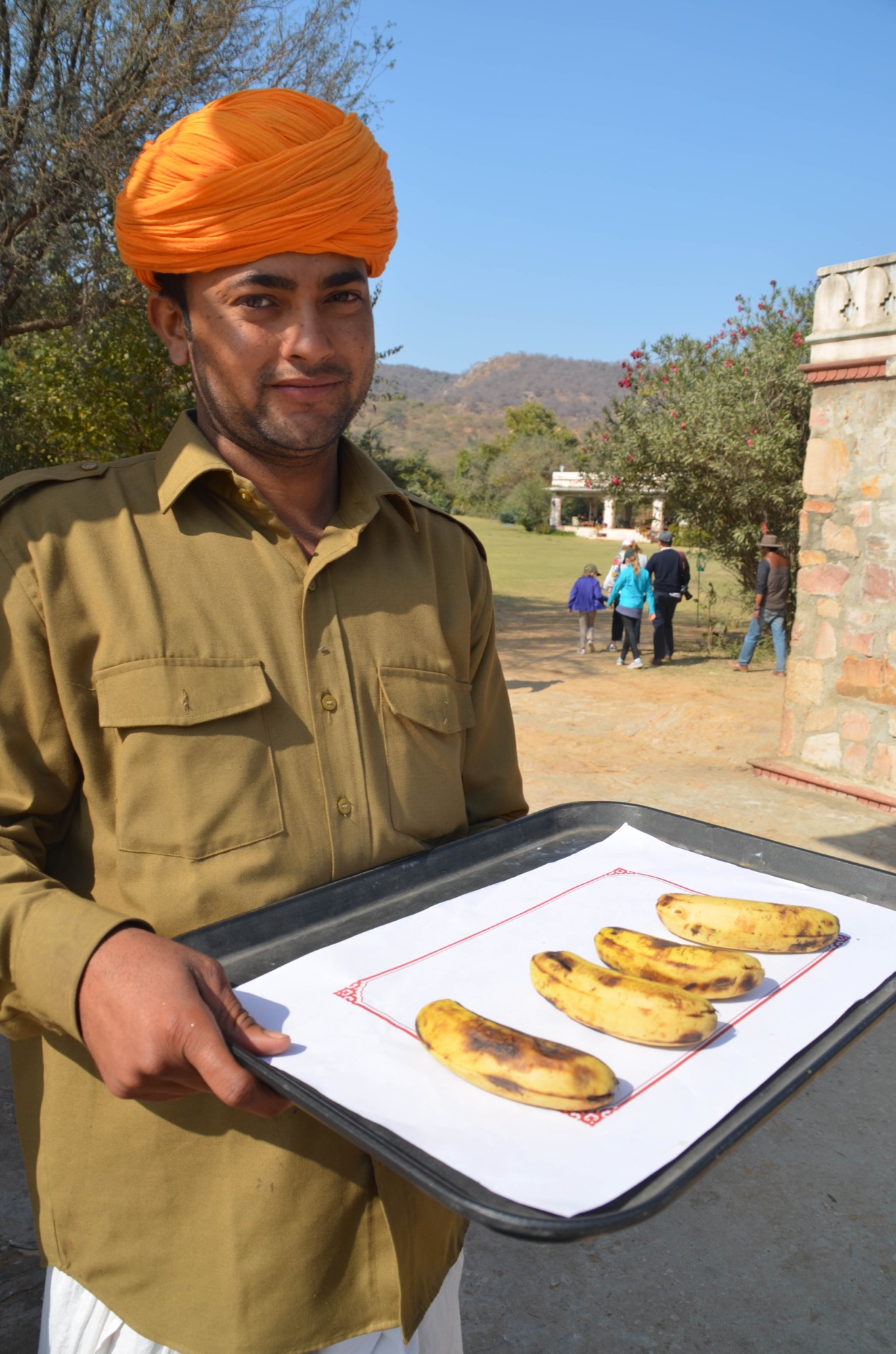Entrepreneurs
Small mom and pop shops or rolling carts were abundant in all of the towns and cities we passed through in India. Everyone specialized in one type of merchandise and bargaining for the best price seemed to be the accepted norm.
Small mom and pop shops or rolling carts were abundant in all of the towns and cities we passed through in India. Everyone specialized in one type of merchandise and bargaining for the best price seemed to be the accepted norm.
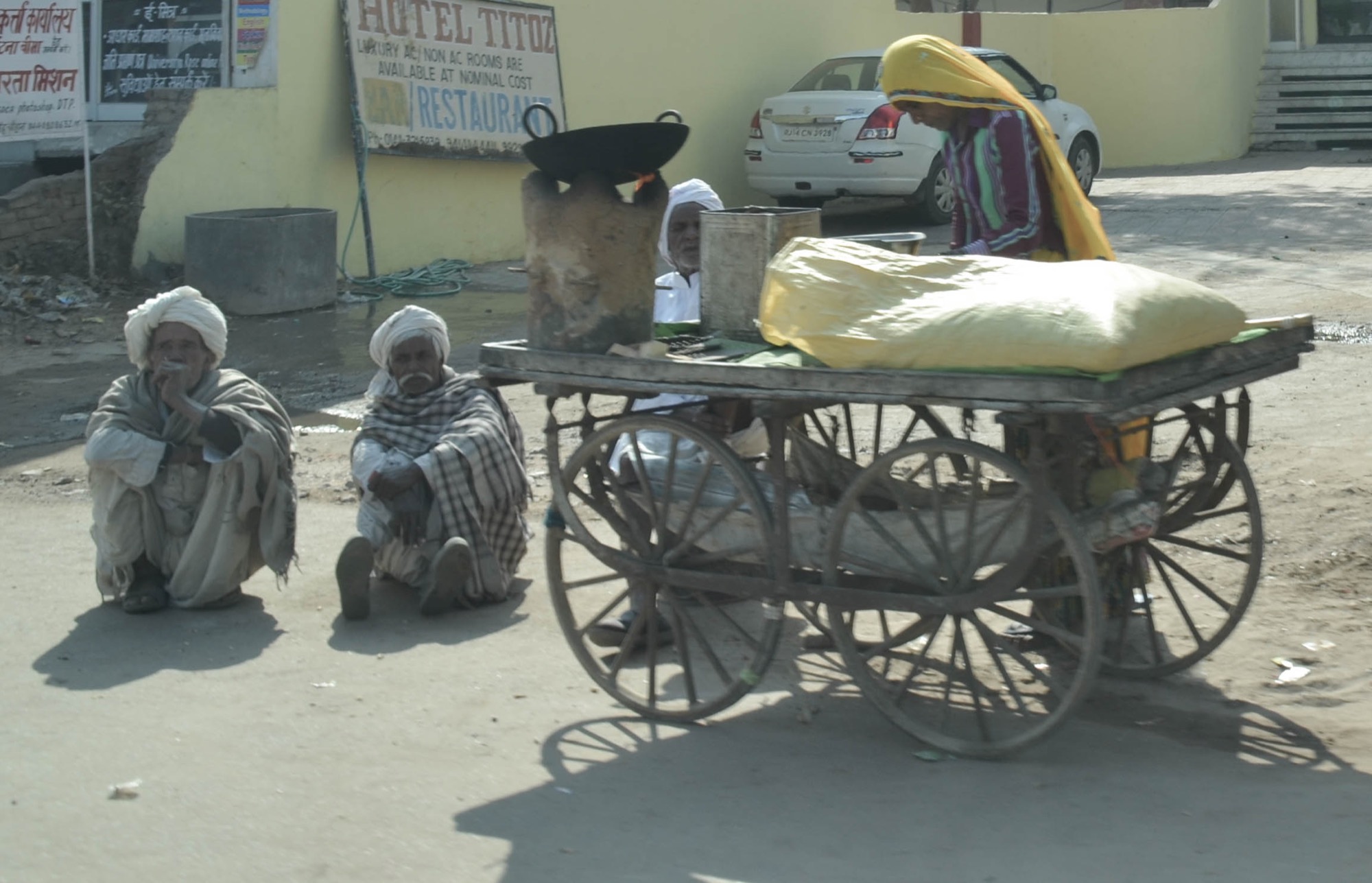
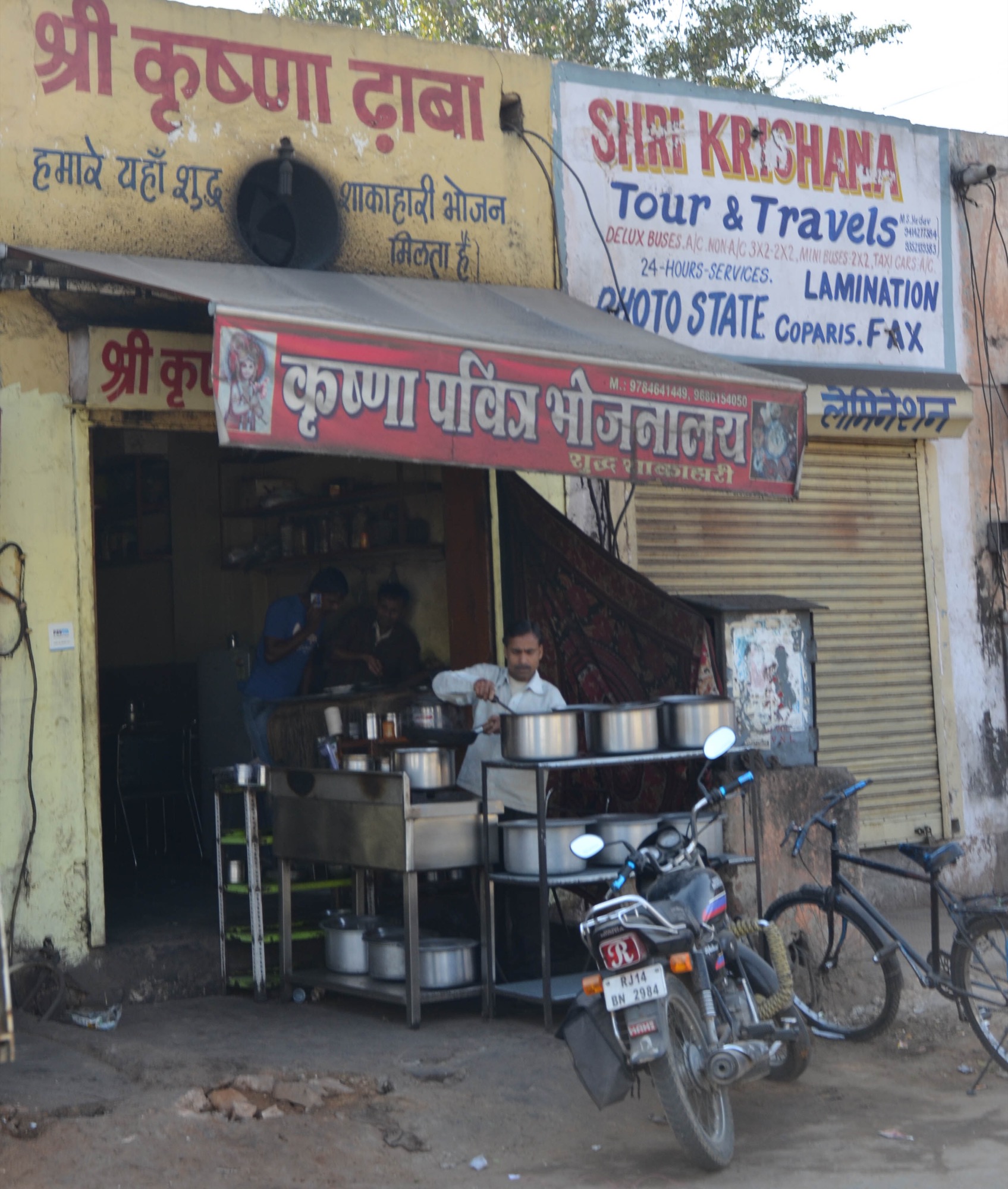
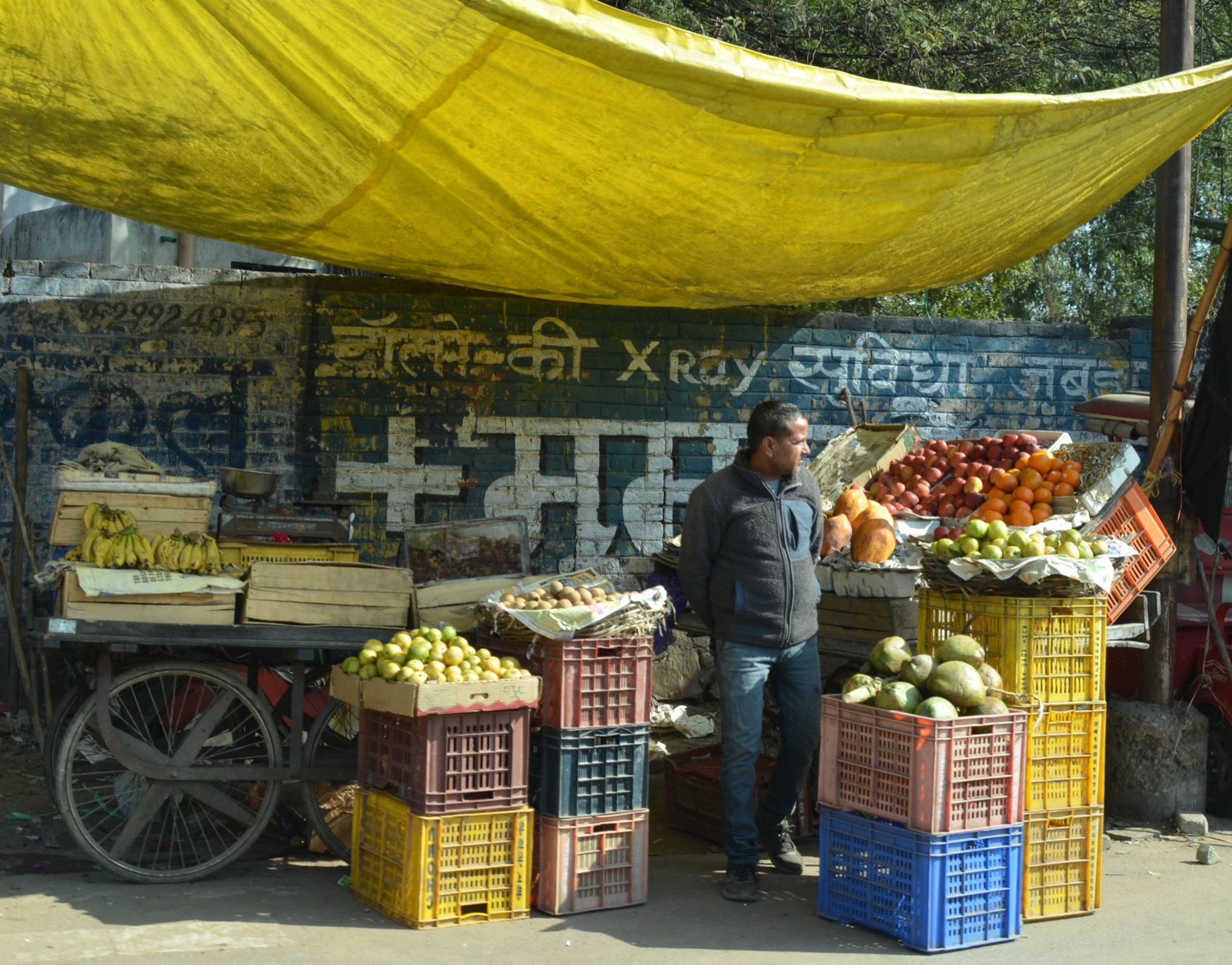
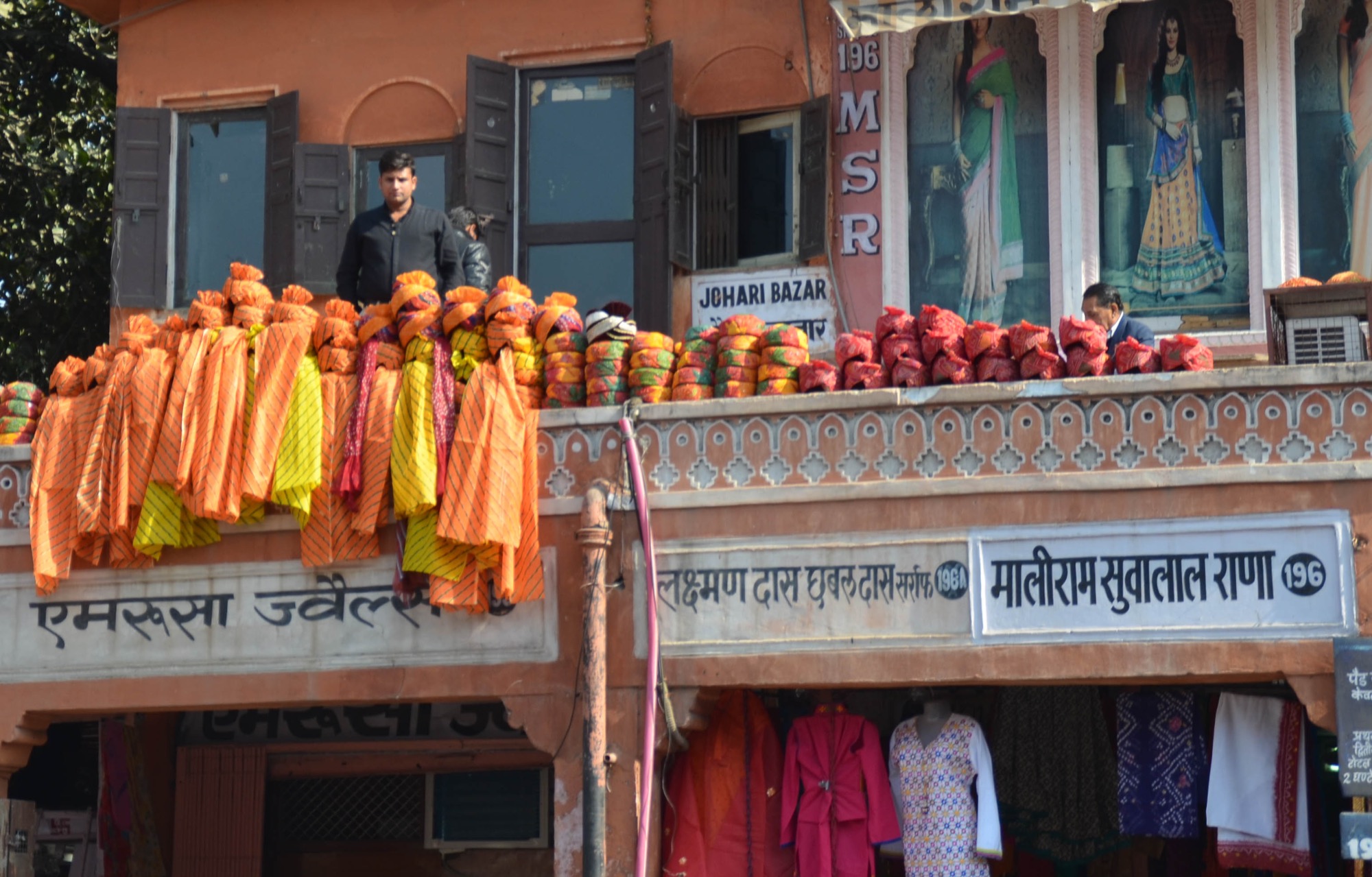
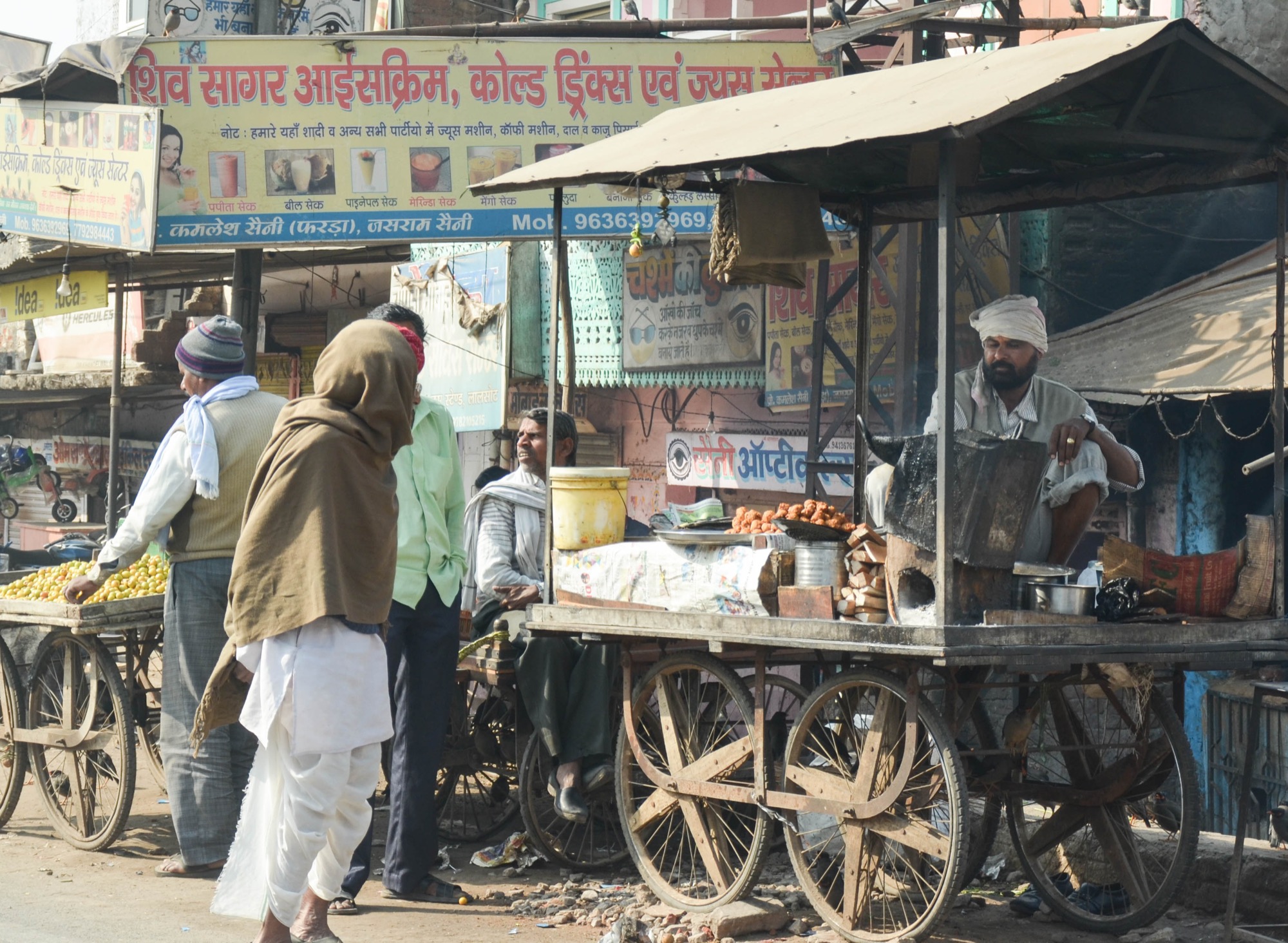
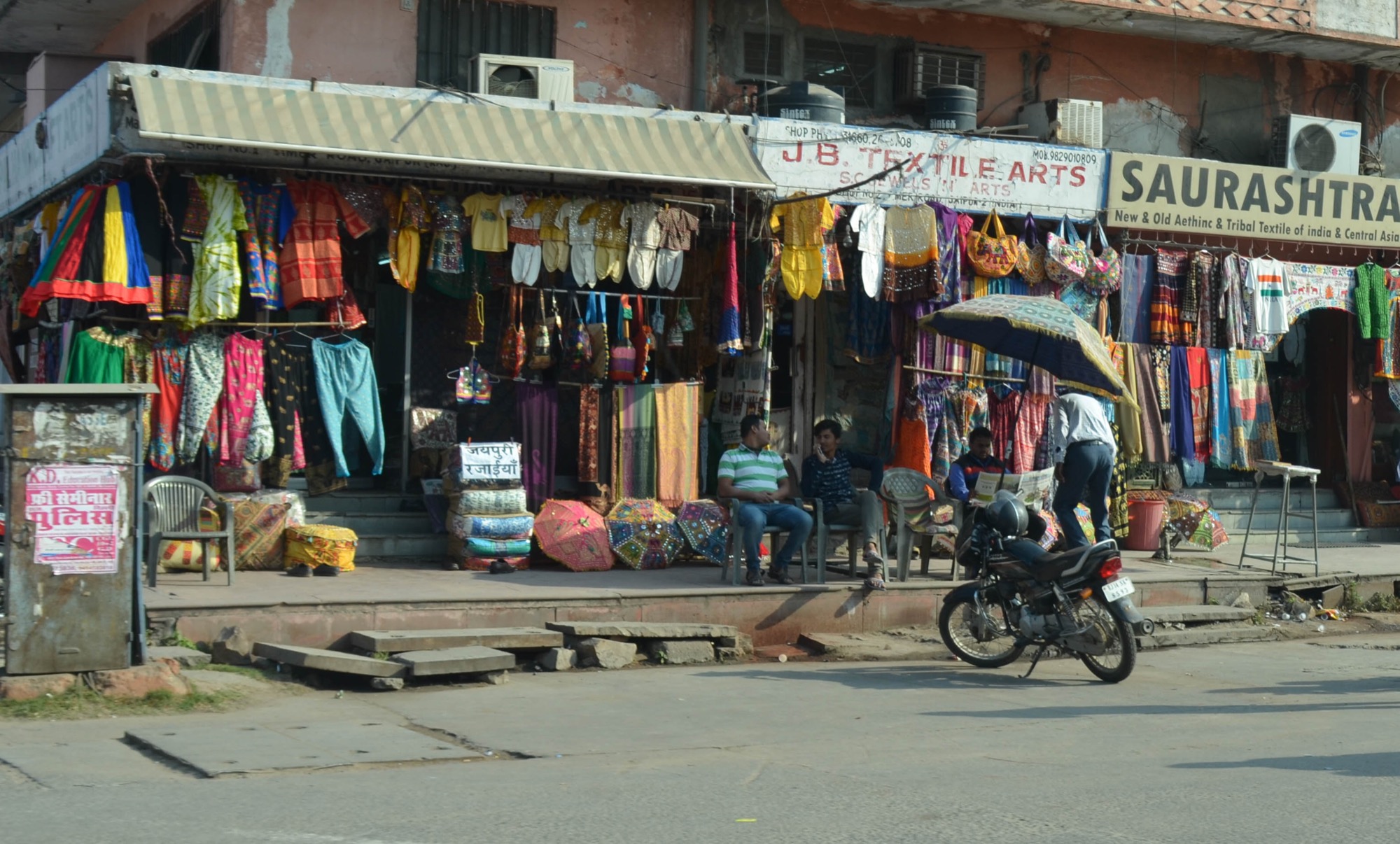
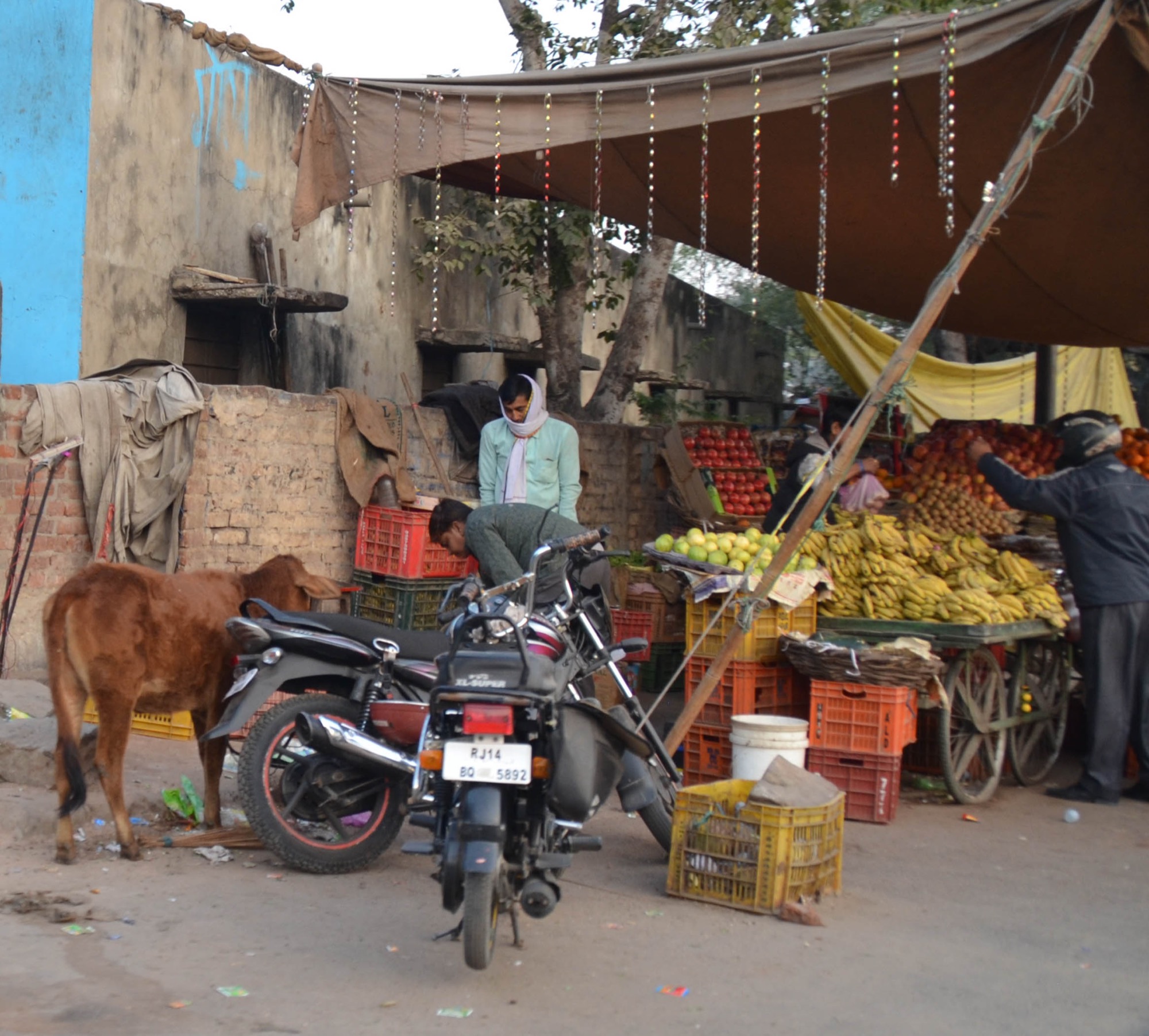
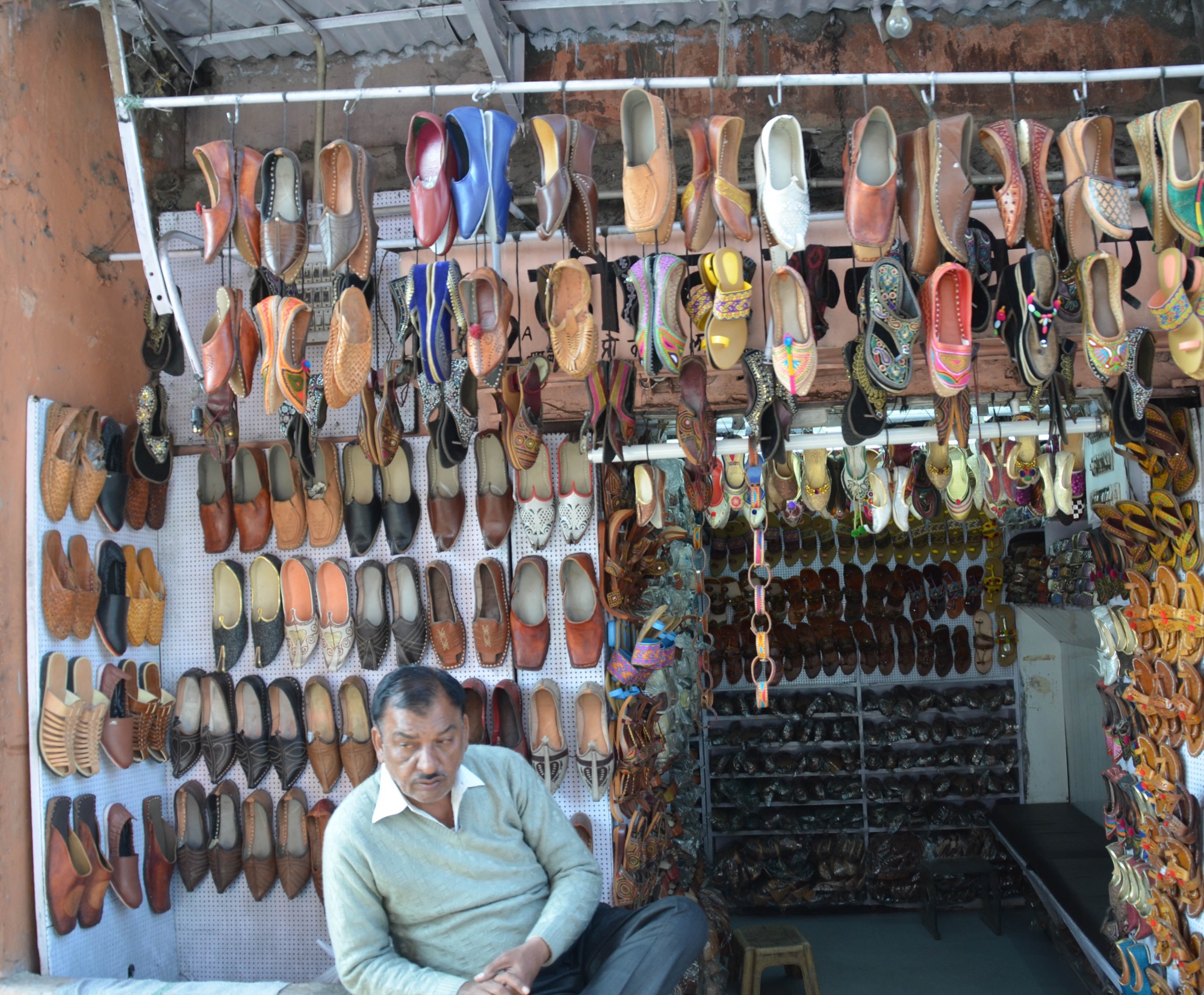
Cleanliness did not seem to be a factor in dealing with food vendors. No one worried about wearing gloves while handling the food and a few flies did not seem to trouble anyone.
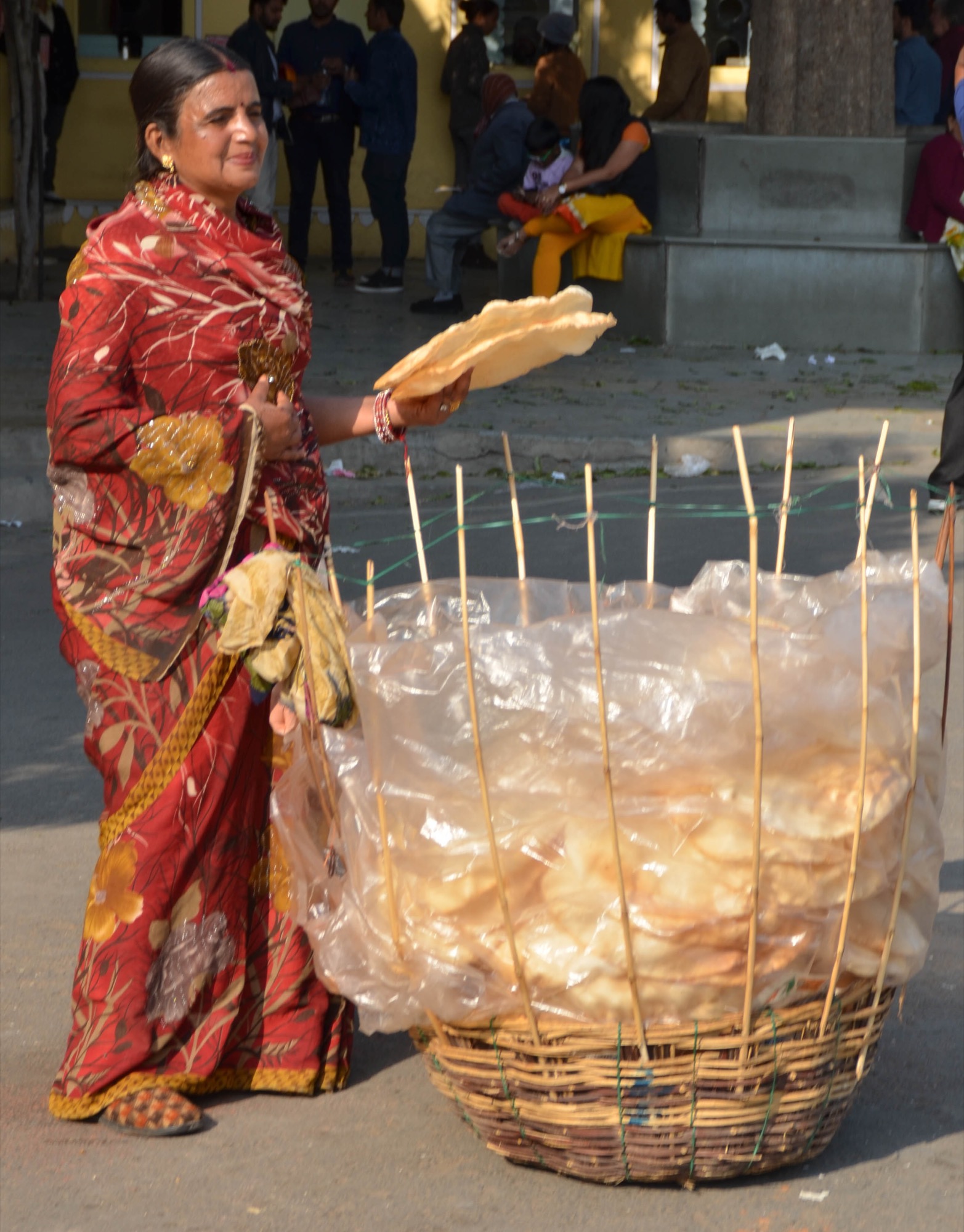
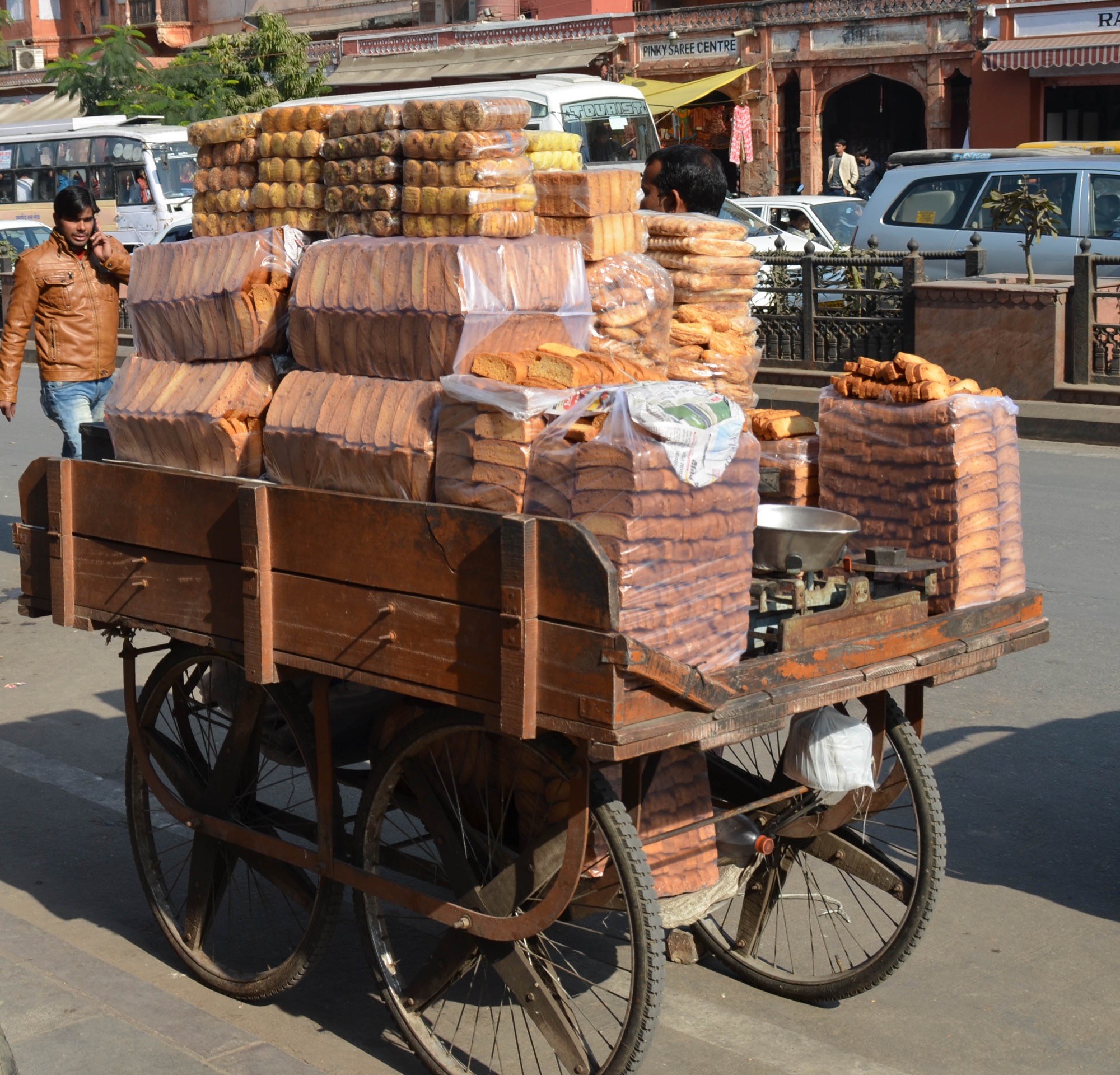
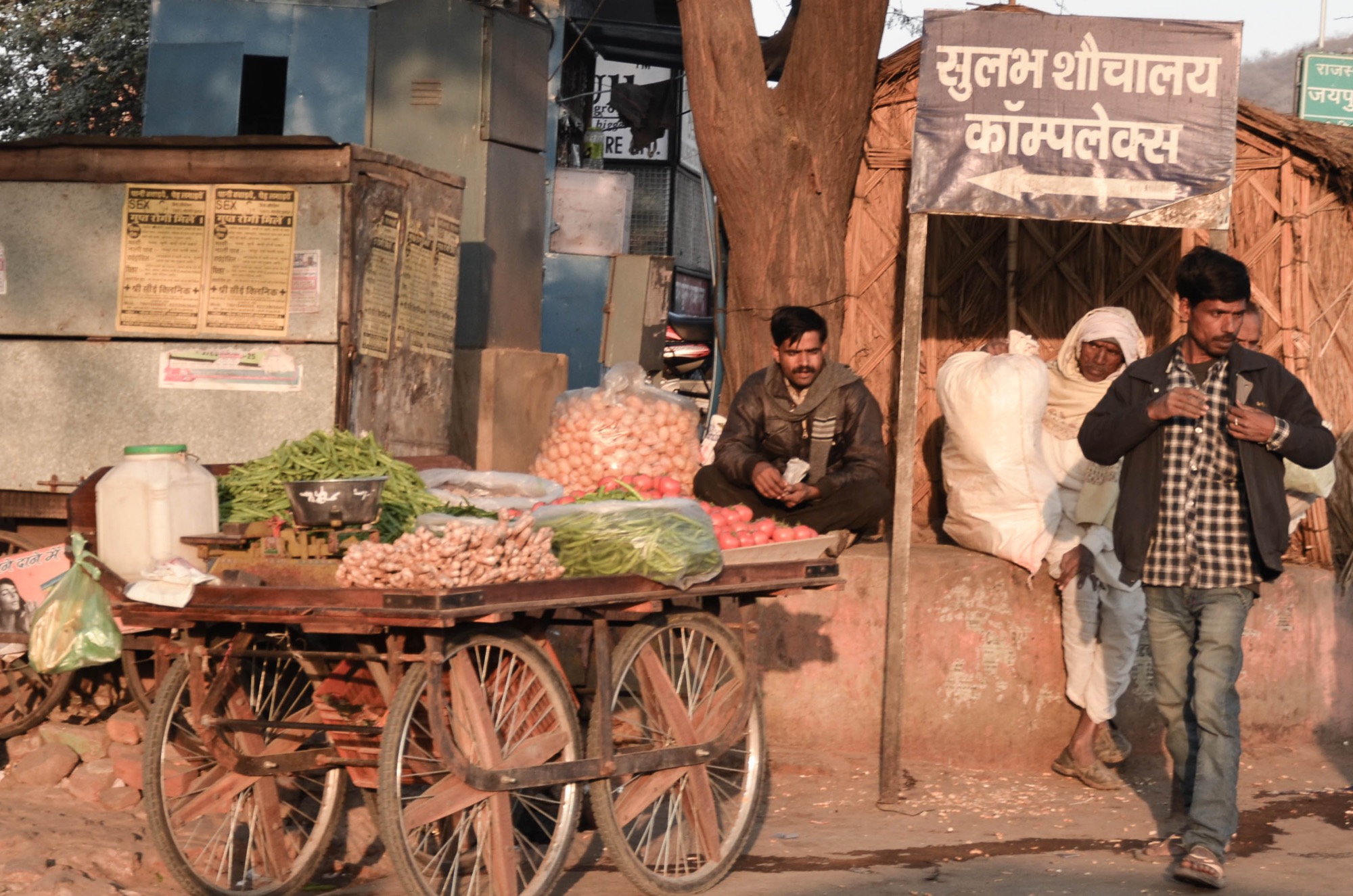
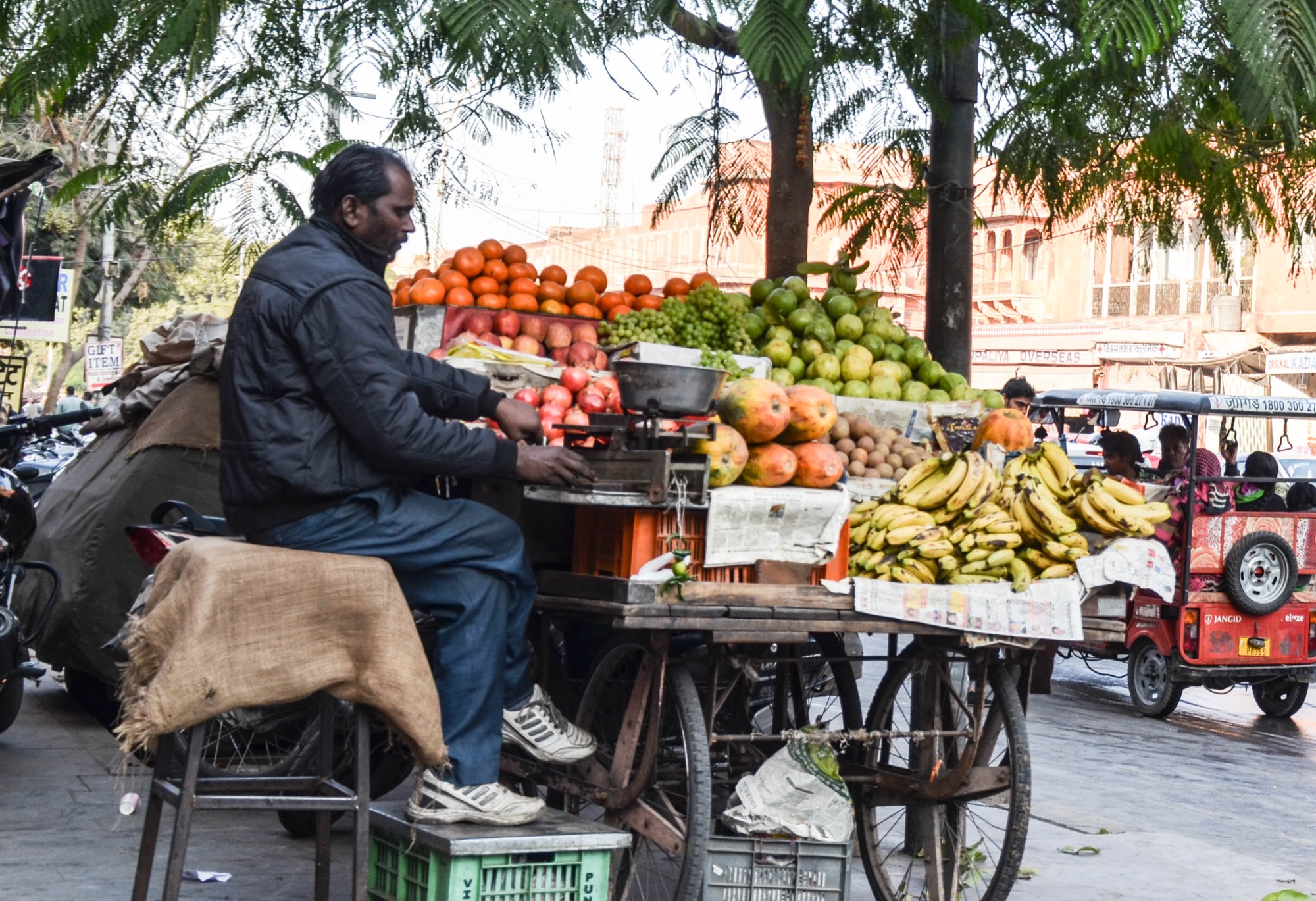
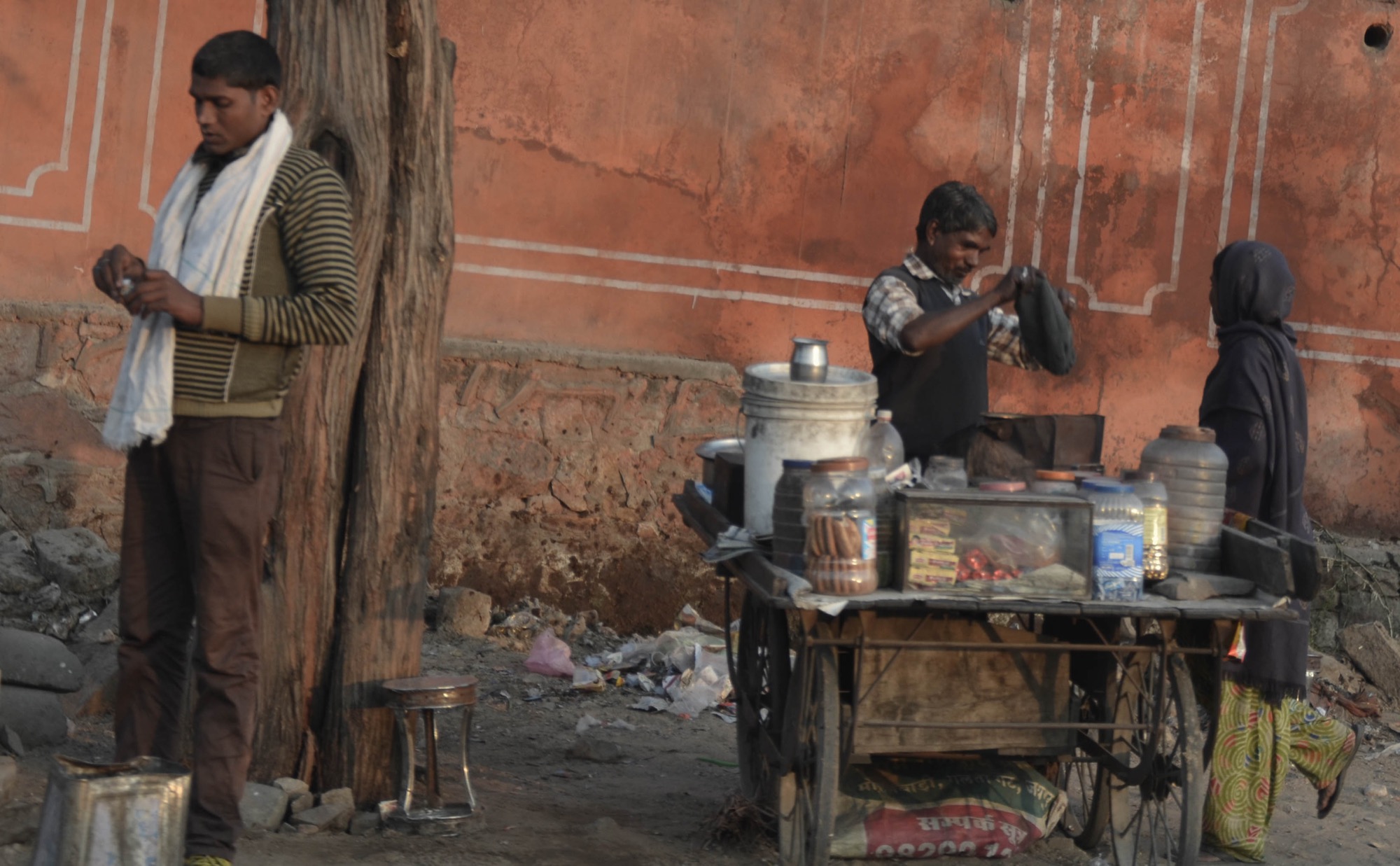
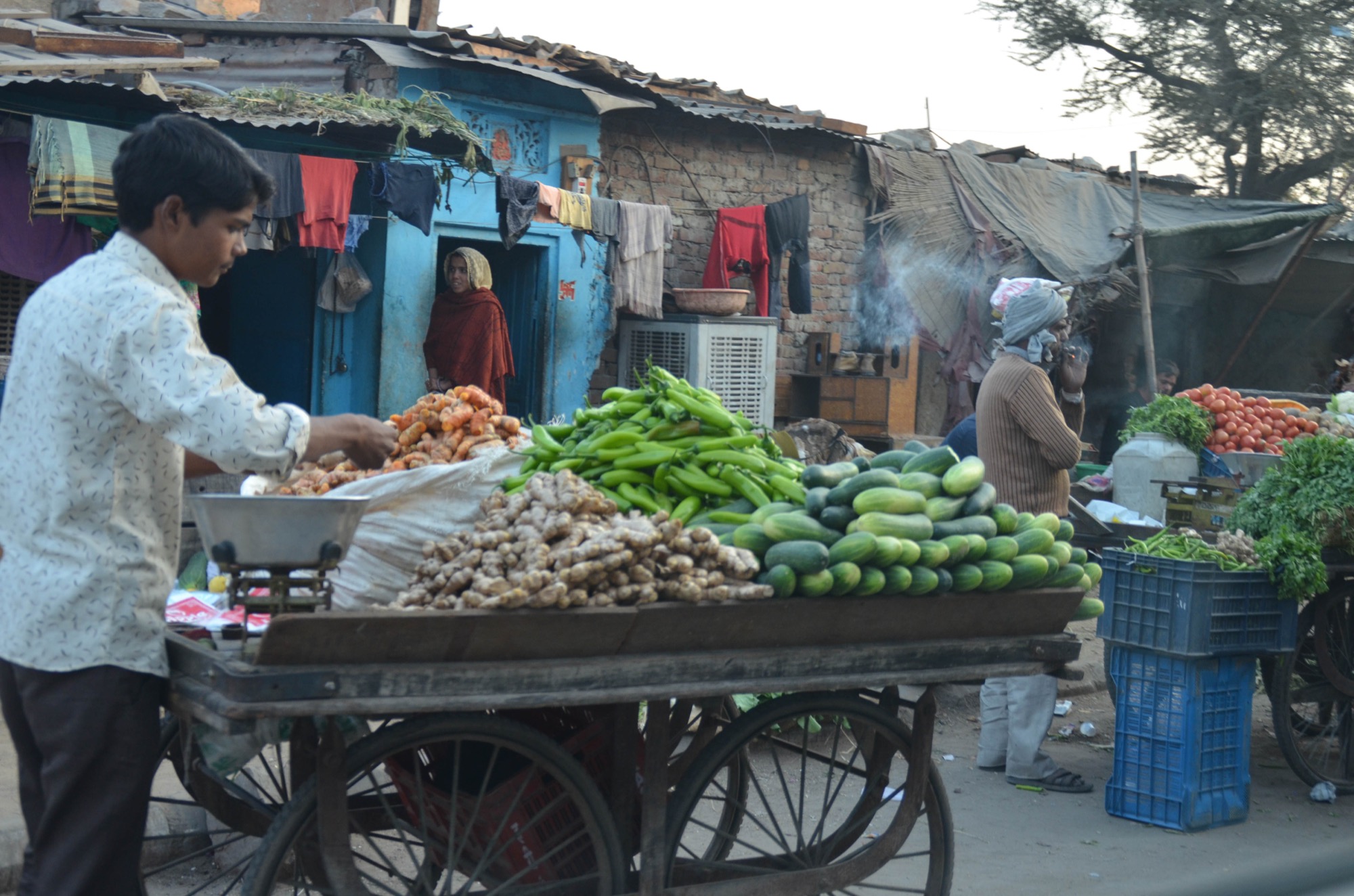
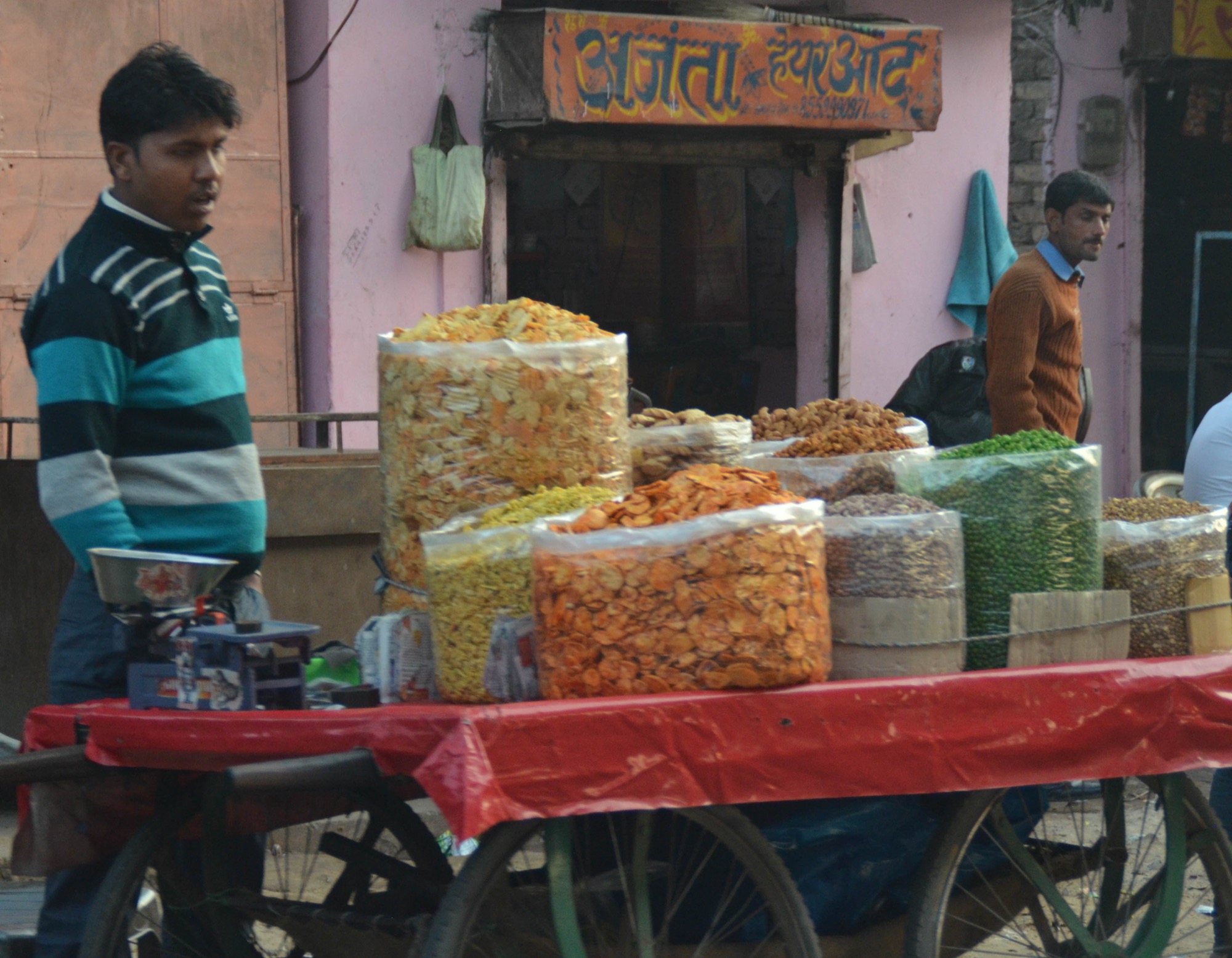



There seemed to be a great deal of substandard housing in Jaipur. Many people lived in homes that were little more than shacks that lacked basic amenities like running water and electricity.
A recent article in the Times of India stated that of the 16 homeless shelters in Jaipur, none have safe drinking water and two lack electricity. In addition, according to the article, none of the shelters have a regular staff to look after the facilities.
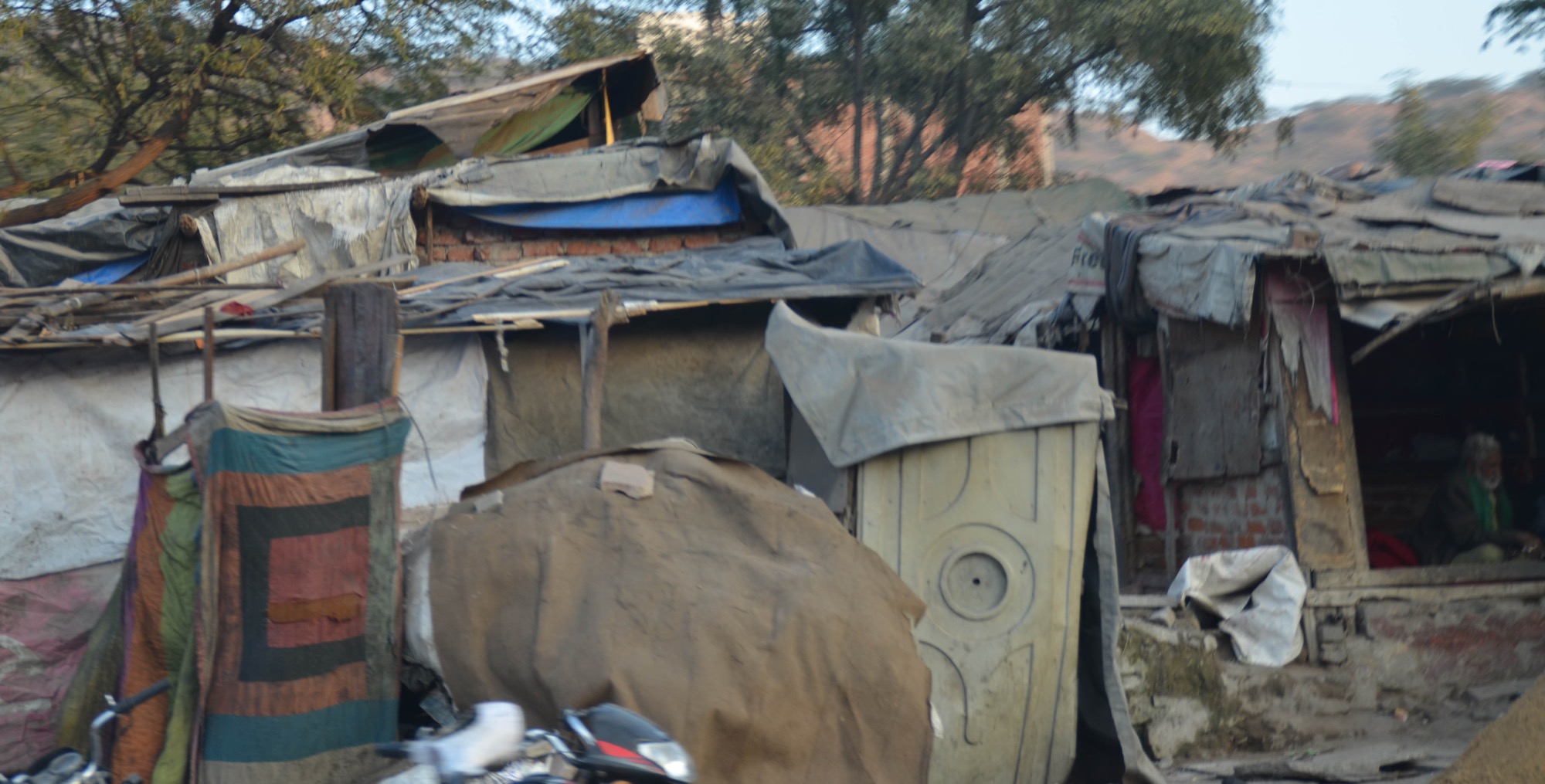
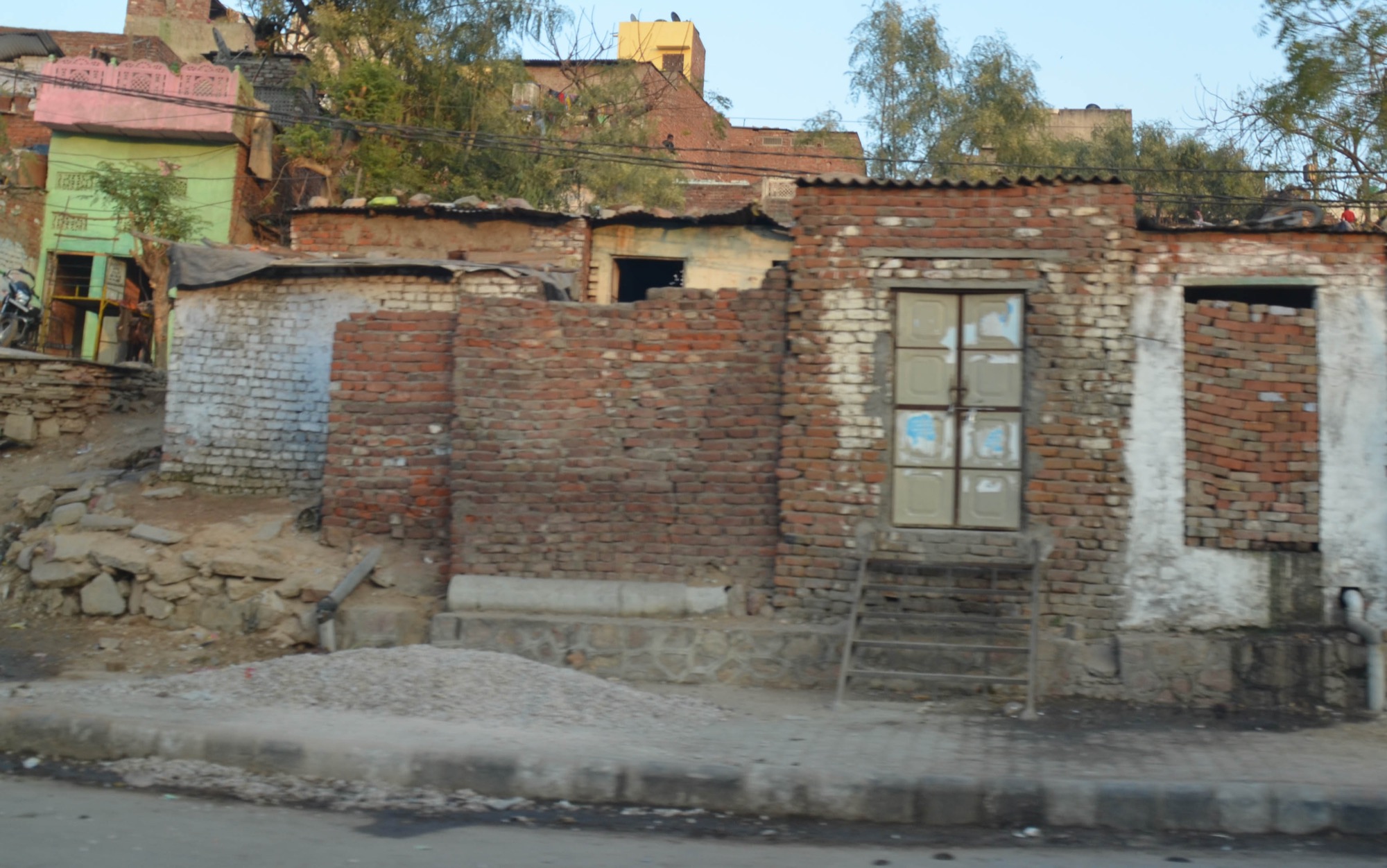
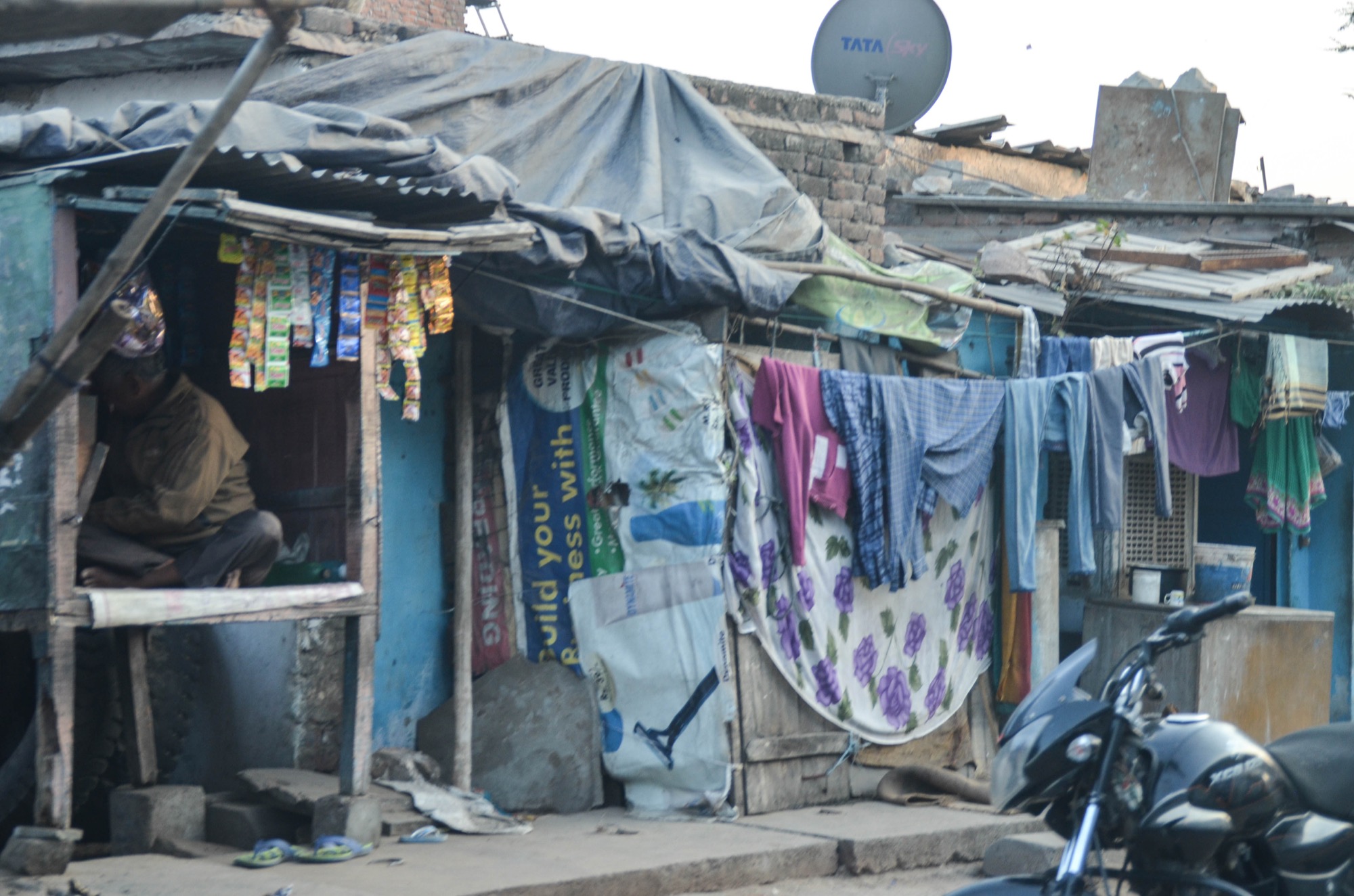
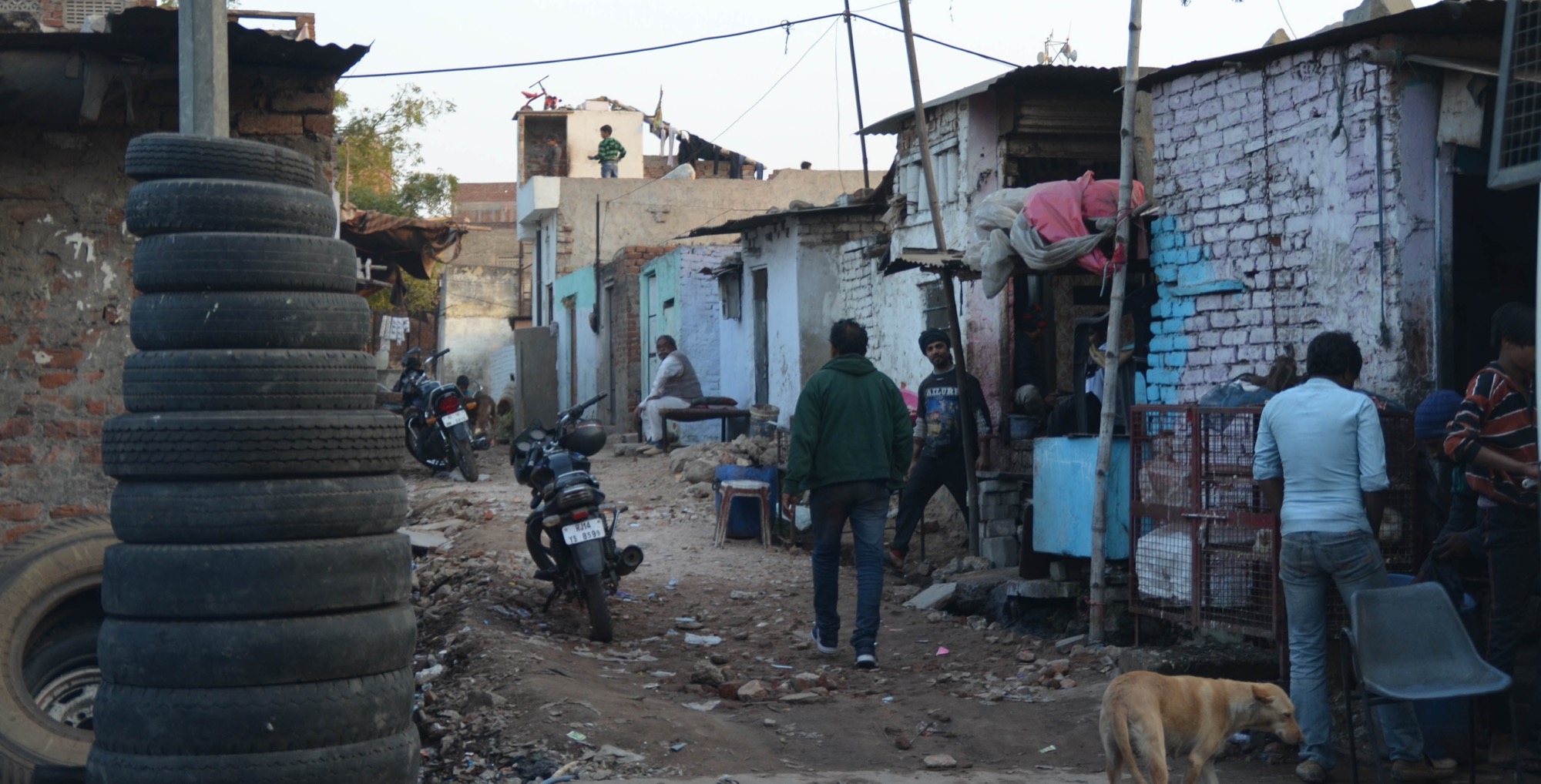

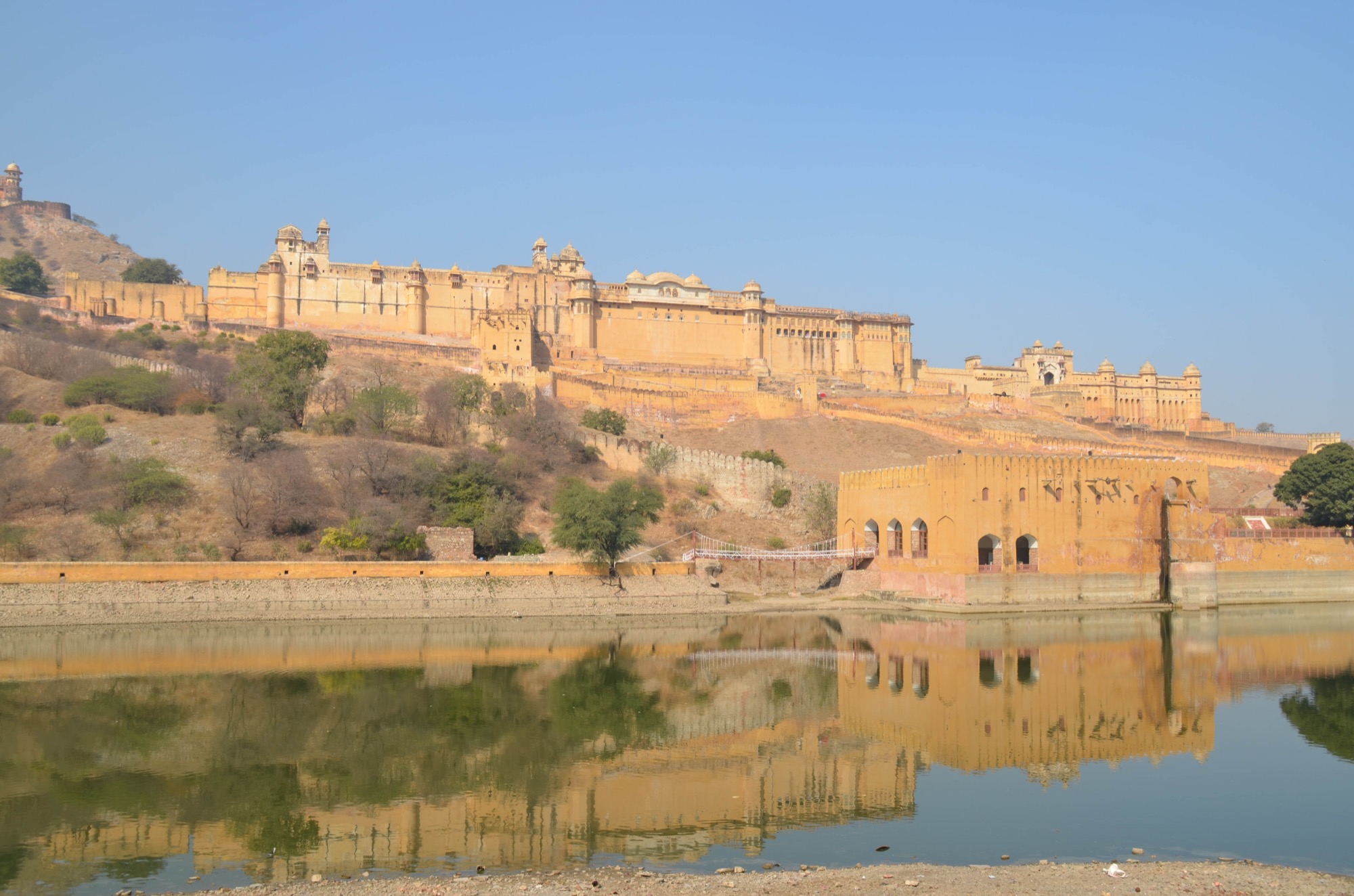





The main entrance to the fort is through the Suraj Pol, or the Sun Gate. This gate, which was used by royal armies and visiting dignitaries, leads to the main courtyard.
There are four courtyards within the fort, but this is the largest and was used as a place for soldiers to assemble and for victory parades. Currently, the gate provides a grand entrance for tourists on elephants.




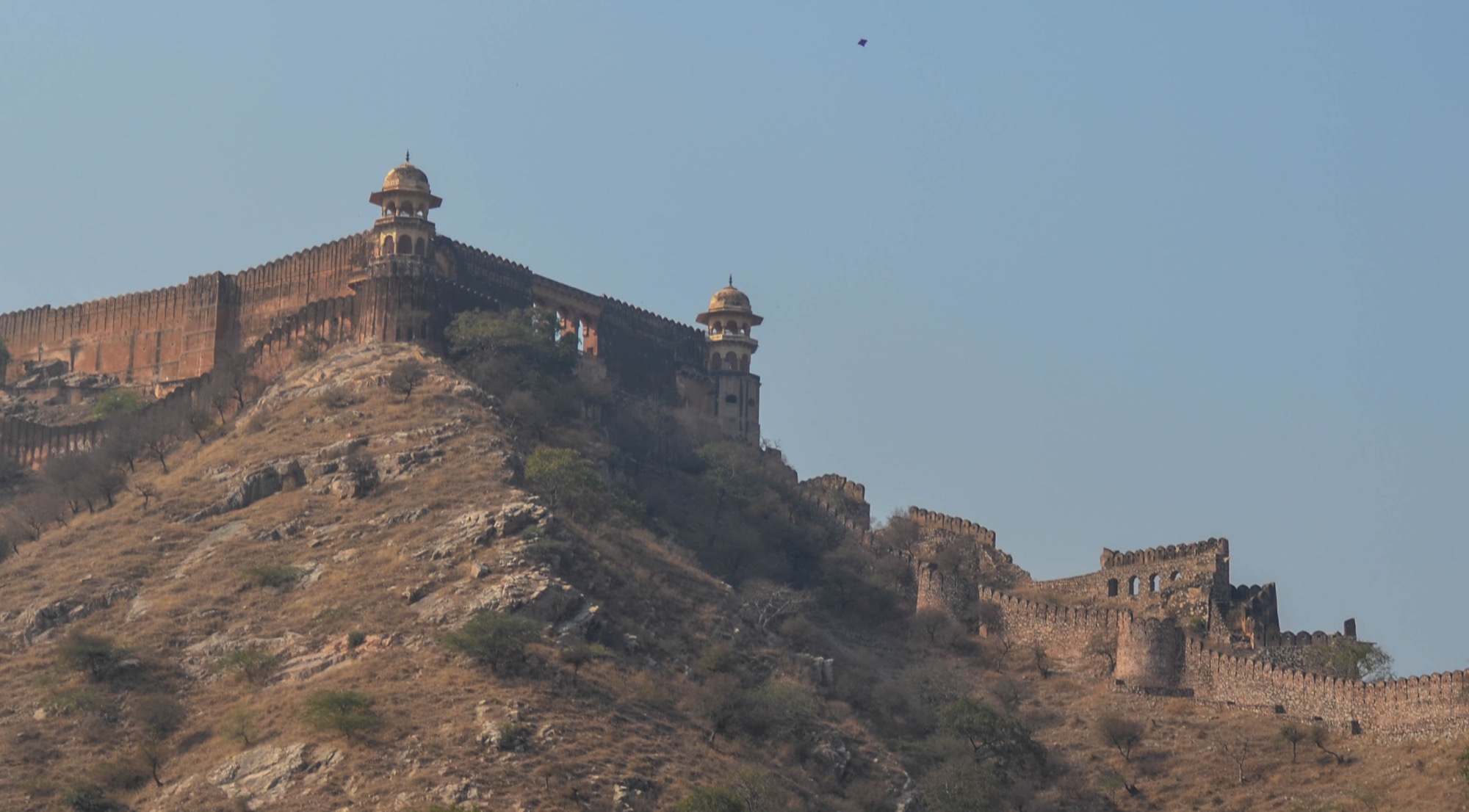

The Ganesh Gate, named for the Hindu god that is believed to remove life's obstacles, is at one end of the courtyard. The gate, which leads into the private palaces of the kings, has many frescoes along the face of its three story facade. Above the gate, on the third level, are the lattice windows used by the ladies of the court to watch the functions in the courtyard.
The Diwan-i-Aam, or Hall of Public Audience, which is located in the second courtyard, had 27 colonnades on a raised platform and provided a place for the king to meet with people who wished an audience.







Sheesh mahal, or Mirror Palace, is one of two buildings in the third courtyard. The building is covered with beautiful mirror mosaics and colorful glass inlays. It is said that the main room could be lit up very brightly with the light of a single candle. This area was used as the private living quarters for the male members of the royal court.






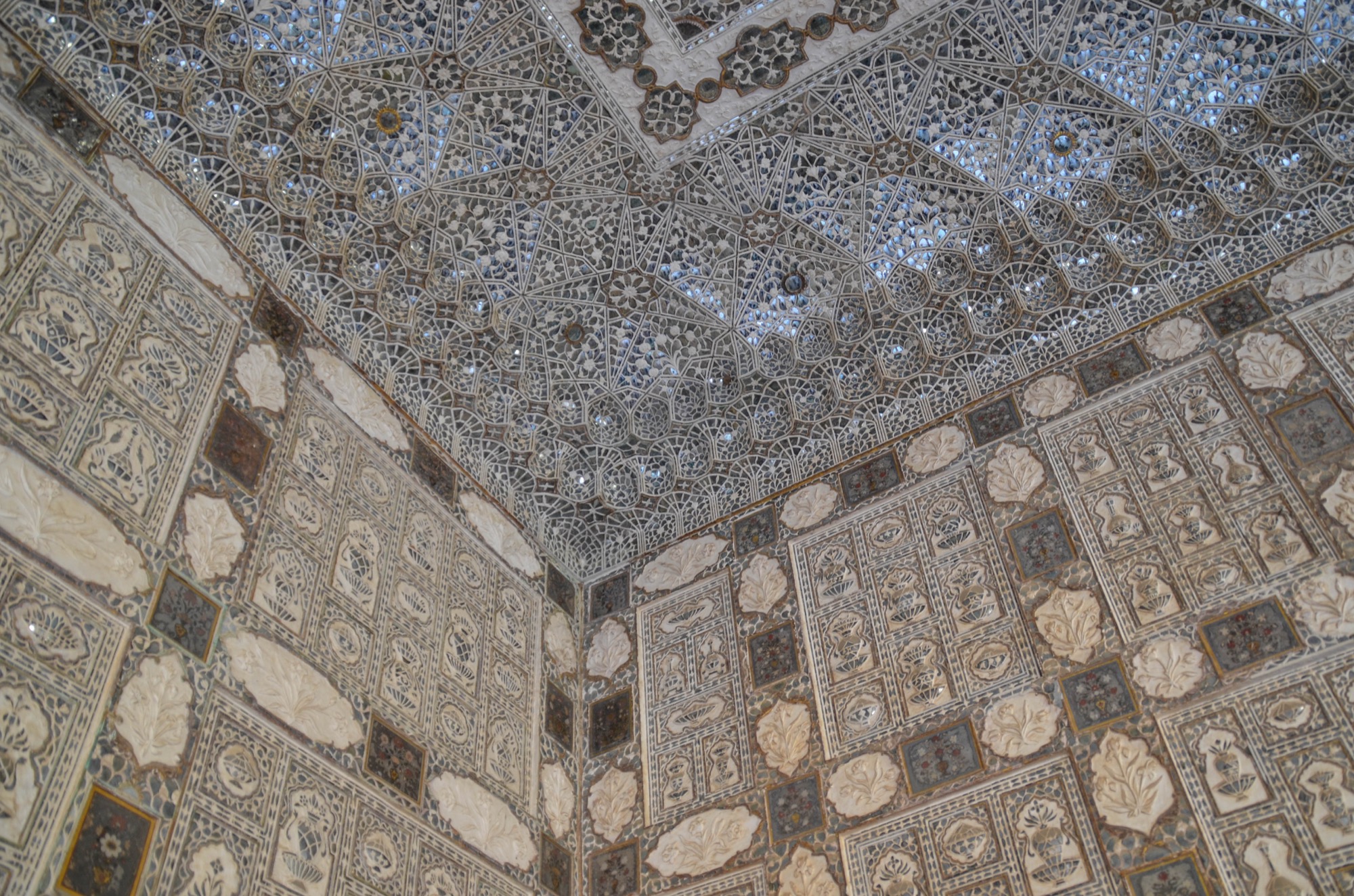
In the third courtyard, between the Mirror Palace and the Hall of Pleasure, there is a hexagonal shaped sunken garden that has a star shaped pool at the center. Water that runs through the channels in this garden are used to cool the rooms in the adjoining building, the Sukh Mahal, or Hall of Pleasure.
The Sukh Mahal was used during the heat of the summer and was cooled not only by the water piped in from the gardens, but also by the flow of air through the tiny lattice work around the doors. There are beautiful marble inlay designs along the interior walls of this building.





We were reluctant to participate in an elephant ride because were were concerned about the humane treatment of captive elephants. Dera Elephant Camp, however, was set up as an animal sanctuary in 2004 and the three elephants that live there are well treated and appropriately cared for. Unlike the elephants at Amer Fort that walk constantly on steep sloped concrete surfaces, the Dera elephants walk through a forest on soft flat ground. In the wild, they would normally walk 15 to 25 miles each day.
We began our visit by feeding bananas to 35 year old Rangmala. Once we were on board, Rangmala walked slowly through the forest following the directions gently provided by her mahout, or trainer, who remarked, "I drive an elephant for a living." Our elephant ride was a delightful experience.
